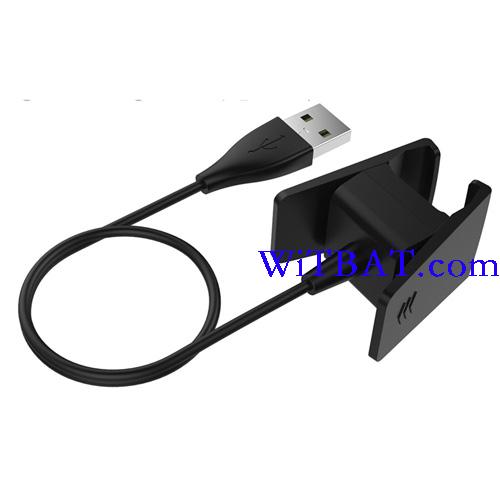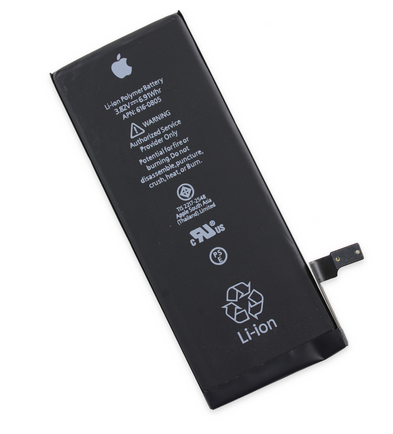Battery Navigation
Latest topics
Search
Battery Statics
Ads
New battery technology seeks balance between density and discharge durability
2 posters
Page 1 of 1
 New battery technology seeks balance between density and discharge durability
New battery technology seeks balance between density and discharge durability
Recent battery developments in both novel lithium salt and lithium air show promise for addressing the power density and high charge cycle capacity needed for today's electric vehicles.
New battery technology seeks balance between density and discharge durability
Researchers at Huazhong University of Science and Technology in China are exploring the use of a novel lithium salt to improve the high-temperature resilience of lithium-ion cells while scientists at the Savannah River National Laboratory are developing energy dense lithium air batteries.
LiFNFSI a candidate to overcome rapid capacity fading?
The novel lithium salt, (LiFNFSI), is being used as a conducting salt in the electrolyte of batteries. The researchers claim that current tests show better thermal stability than LiPF6 along with high conductivity, comparable to LiClO4, and good electrochemical stability. In addition, it is non-corrosive to aluminum.
At both room temperature (25 °C) and elevated temperature (60 °C), the graphite/LiCoO2 cells with LiFNFSI have exhibited better cycling performances than those with LiPF6.
Particularly, the researches noted, at 60 °C, the capacity fading rate of the LiFNFSI-based cell without any additive is 37% after 100 cycles, while the cell with LiPF6 fails rapidly.
These particular properties, the researchers claim, make LiFNFSI an attractive candidate to overcome the rapid capacity fading of lithium-ion batteries at elevated temperatures.
A battery that holds 5 to 10 times as much energy as lithium-ion?
Scientists at the Savannah River National Laboratory have been testing lithium air, a technology that they suggest could create batteries with 5 to 10 times the energy capacity per weight of current lithium ion batteries and double the amount per volume.
“No other battery has that kind of energy density, so far as we know,” says Ming Au, principal scientist.
Lithium air batteries use a lithium anode and a cathode comprised of a porous material that draws oxygen from the air. The lithium combines with oxygen to form lithium oxide and release energy. Because the oxygen comes from the ambient air, the cathode is lighter than that of a li-ion battery, giving lithium-air batteries far higher energy density.
The lab has demonstrated a coin-sized rechargeable lithium-air battery with a density of 600 mAh/g, far higher than the 100 to 150 mAh/g of lithium-ion batteries.
Obstacles do remain in the development process, the biggest being the limited number of times such batteries can be cycled. The lithium-air battery that Mr. Au’s team developed can be recharged only 50 times or so. Researchers do hope to speed up the recharging process but Au noted that “rechargeable lithium-air batteries probably won’t be commercially viable to many years.”
Catalyst may be the key
The challenge with lithium air lies in converting the lithium oxide back into lithium, which currently can be done only with catalysts. However, last year, researchers at the Massachusetts Institute of Technology discovered that electrodes that use gold or platinum as a catalyst are more efficient than carbon electrodes.
The MIT team will be studying the chemistry of the charging and discharging processes to determine what compounds are produced and how they react with others in the system. Through their research, they hope to determine the optimal catalyst for use in lithium-air batteries.
New battery technology seeks balance between density and discharge durability
Researchers at Huazhong University of Science and Technology in China are exploring the use of a novel lithium salt to improve the high-temperature resilience of lithium-ion cells while scientists at the Savannah River National Laboratory are developing energy dense lithium air batteries.
LiFNFSI a candidate to overcome rapid capacity fading?
The novel lithium salt, (LiFNFSI), is being used as a conducting salt in the electrolyte of batteries. The researchers claim that current tests show better thermal stability than LiPF6 along with high conductivity, comparable to LiClO4, and good electrochemical stability. In addition, it is non-corrosive to aluminum.
At both room temperature (25 °C) and elevated temperature (60 °C), the graphite/LiCoO2 cells with LiFNFSI have exhibited better cycling performances than those with LiPF6.
Particularly, the researches noted, at 60 °C, the capacity fading rate of the LiFNFSI-based cell without any additive is 37% after 100 cycles, while the cell with LiPF6 fails rapidly.
These particular properties, the researchers claim, make LiFNFSI an attractive candidate to overcome the rapid capacity fading of lithium-ion batteries at elevated temperatures.
A battery that holds 5 to 10 times as much energy as lithium-ion?
Scientists at the Savannah River National Laboratory have been testing lithium air, a technology that they suggest could create batteries with 5 to 10 times the energy capacity per weight of current lithium ion batteries and double the amount per volume.
“No other battery has that kind of energy density, so far as we know,” says Ming Au, principal scientist.
Lithium air batteries use a lithium anode and a cathode comprised of a porous material that draws oxygen from the air. The lithium combines with oxygen to form lithium oxide and release energy. Because the oxygen comes from the ambient air, the cathode is lighter than that of a li-ion battery, giving lithium-air batteries far higher energy density.
The lab has demonstrated a coin-sized rechargeable lithium-air battery with a density of 600 mAh/g, far higher than the 100 to 150 mAh/g of lithium-ion batteries.
Obstacles do remain in the development process, the biggest being the limited number of times such batteries can be cycled. The lithium-air battery that Mr. Au’s team developed can be recharged only 50 times or so. Researchers do hope to speed up the recharging process but Au noted that “rechargeable lithium-air batteries probably won’t be commercially viable to many years.”
Catalyst may be the key
The challenge with lithium air lies in converting the lithium oxide back into lithium, which currently can be done only with catalysts. However, last year, researchers at the Massachusetts Institute of Technology discovered that electrodes that use gold or platinum as a catalyst are more efficient than carbon electrodes.
The MIT team will be studying the chemistry of the charging and discharging processes to determine what compounds are produced and how they react with others in the system. Through their research, they hope to determine the optimal catalyst for use in lithium-air batteries.
 New battery technology seeks balance between density and discharge durability
New battery technology seeks balance between density and discharge durability
Yes always new things come to the market in stead of old one and it keep changing randomly. Now a days batteries are much more powerful than the previous ones.
cheapbatterypacks.com
cheapbatterypacks.com
cheapbatterypacks- Posts : 2
Points : 2
Reputation : 0
Join date : 2011-07-26
 Similar topics
Similar topics» DuPont announces new battery technology
» Printed Battery Technology Unveiled
» New technology extends the life of lithium-ion batteries
» Technology Allows Honda Get Rare Materials from Recycling Batteries
» The 6th Guangzhou International Theater & Cinema Technology Facilities Fair 2015
» Printed Battery Technology Unveiled
» New technology extends the life of lithium-ion batteries
» Technology Allows Honda Get Rare Materials from Recycling Batteries
» The 6th Guangzhou International Theater & Cinema Technology Facilities Fair 2015
Page 1 of 1
Permissions in this forum:
You cannot reply to topics in this forum













» Braun Silk Epil 9 Shaver Battery 81377206
» Braun Series 7 Shaver Battery UR18500Y
» Braun Silk Epil 5 Shaver Battery UR14500Y
» Braun Series 3 Shaver Battery HR-AAUV 67030923
» Logitech UE Wonderboom 2 Bluetooth Speaker Battery 533-000154